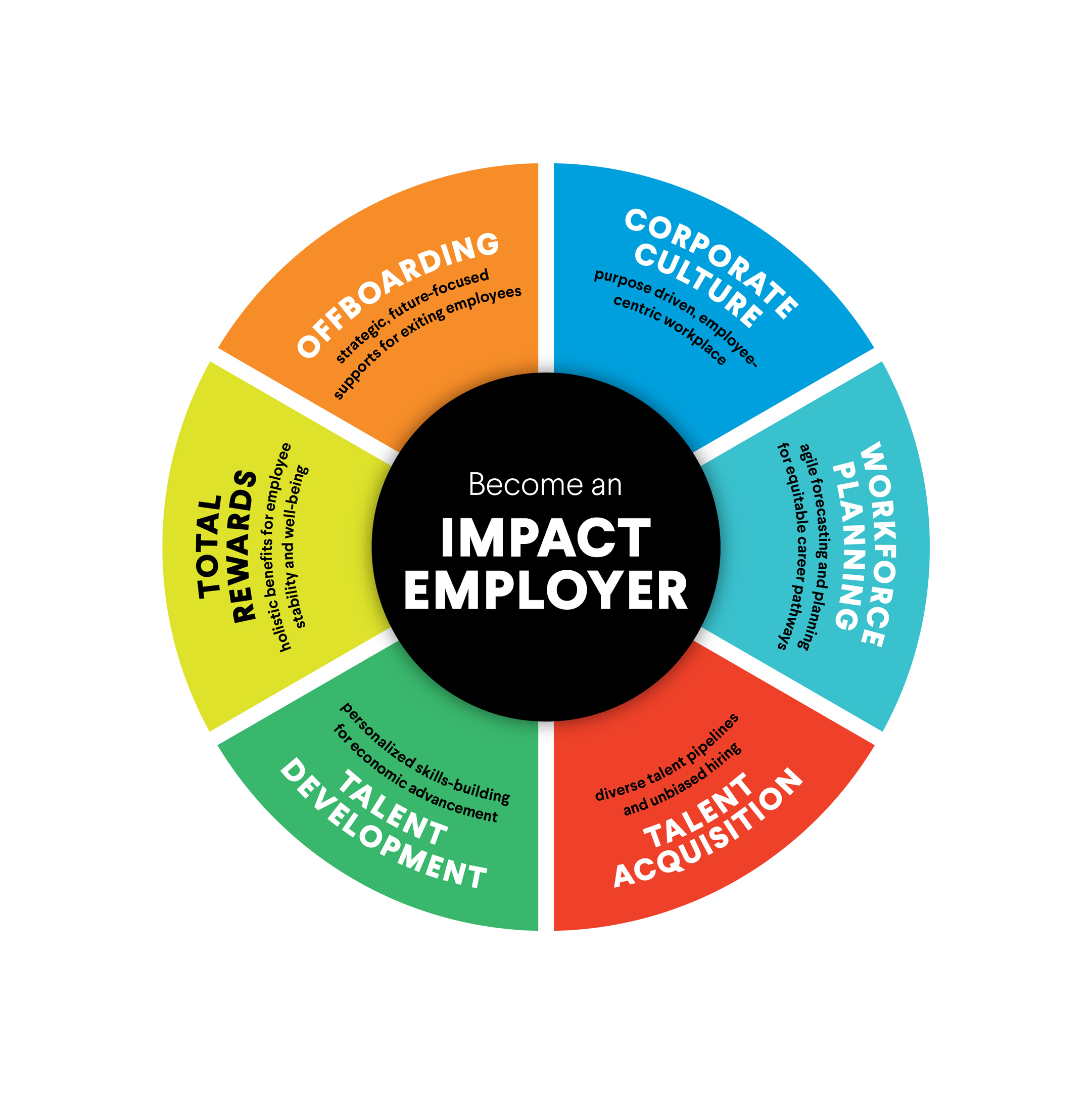Why Employee Well-Being Is Essential
The concept of well-being is broad and includes mental, emotional, and financial well-being as well as an inclusive culture. As Action Collaborative Co-chair Sarah Keh, vice president, inclusive solutions at Prudential, noted, “Employee health and well-being are critical to a thriving company and contribute to increased employee engagement, productivity, and retention. Employees are looking to their employers to provide robust physical, mental, and financial health supports to help improve their well-being.” To set the conditions for well-being, the environment and culture must feel safe for employees. “You can’t truly have well-being if you don’t create a space of psychological safety where there is trust,” said one of our expert panelists, Farah Harris, CEO of WorkingWell Daily.
Successful well-being efforts are holistic and include a mix of formal programs and informal norms. Corporate leaders offered many examples of formal well-being initiatives like employee assistance programs (EAPs) and backup child care. However, formal efforts only go so far. Pairing them with informal norms is just as important. Action Collaborative Co-chair Susan McGotty, vice president, career services and talent marketplace at Prudential, noted the need “to create awareness around mental health issues to help remove stigma . . . so we can help to improve overall employee well-being, which is powerful.” These informal norms, like encouraging workers to step away from work during their lunch and meal breaks to improve mental health, can have a significant impact on employee well-being.










